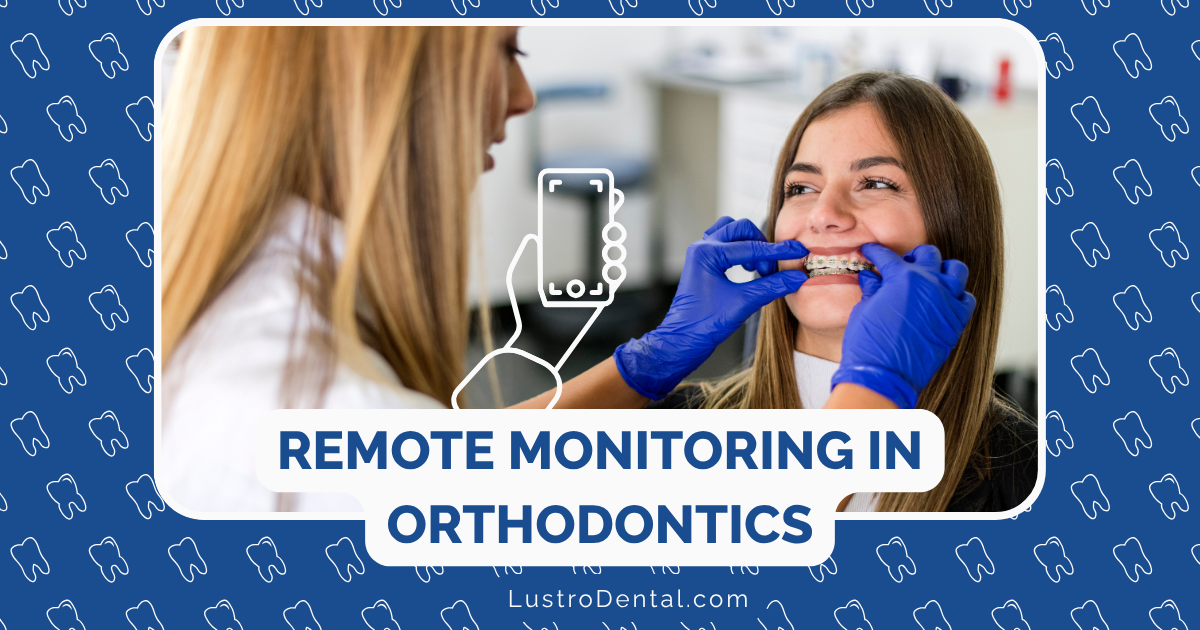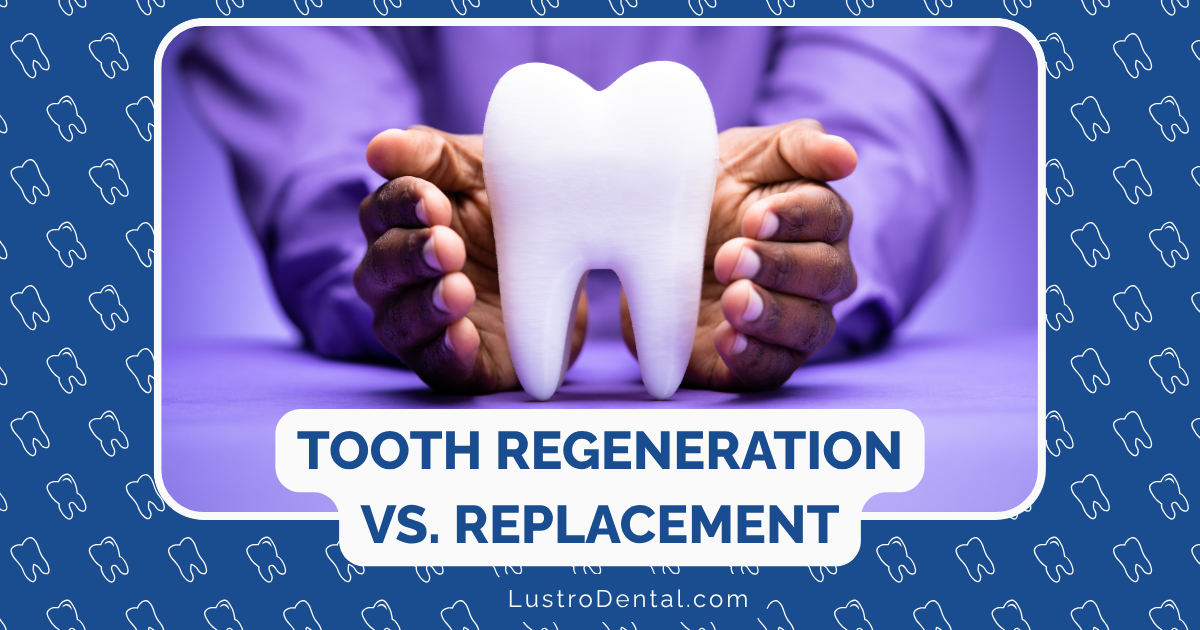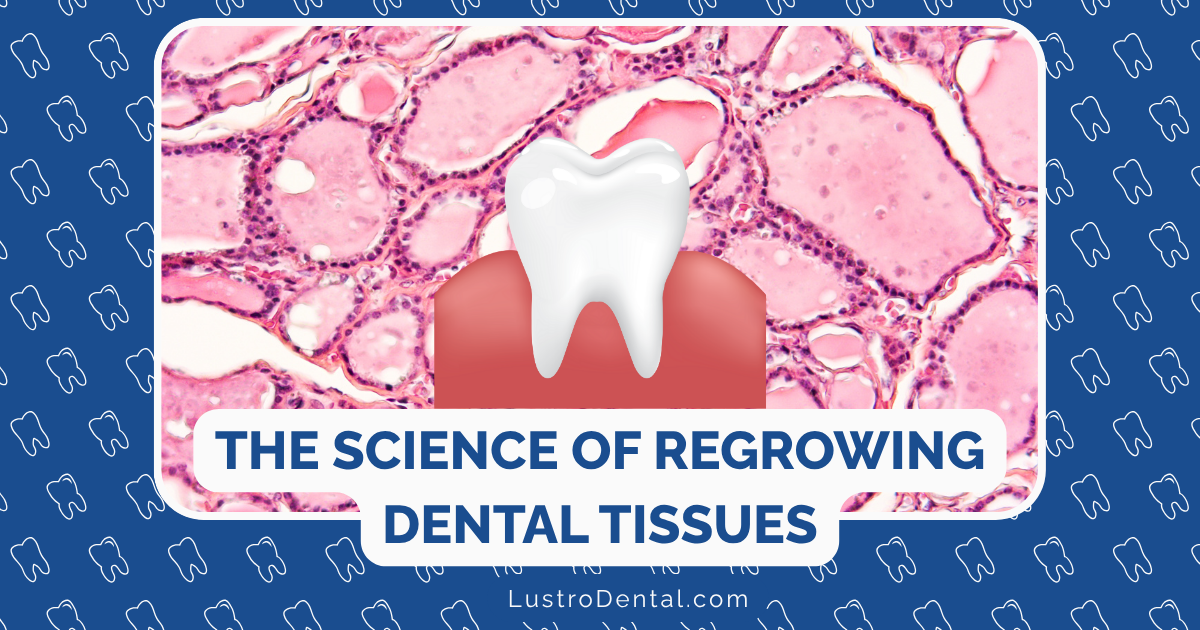Remote Monitoring of Orthodontic Treatment: Apps and Tools for Better Results

Orthodontic treatment has traditionally required frequent in-office visits for adjustments, progress checks, and troubleshooting. These appointments, while necessary, can be time-consuming for patients and create scheduling challenges for busy families and professionals. However, the landscape of orthodontic care is rapidly evolving with the introduction of remote monitoring technologies that are transforming how treatment is supervised and managed.
Remote monitoring tools and apps are revolutionizing orthodontic care by allowing orthodontists to track patient progress virtually, reducing the need for in-person visits while potentially improving treatment outcomes. This technological advancement represents one of the most significant shifts in orthodontic practice in recent years—one that benefits both patients and providers.
What Is Remote Orthodontic Monitoring?
Remote orthodontic monitoring refers to the use of digital technology to track treatment progress between in-office visits. Using specialized apps and tools, patients capture images of their teeth regularly, which are then reviewed by their orthodontist to ensure treatment is progressing as planned.
Dr. Sarah Johnson, an orthodontist who has implemented remote monitoring in her practice, explains: “Remote monitoring creates a virtual bridge between scheduled appointments. Instead of wondering if a patient’s treatment is on track, we can actually see what’s happening in near real-time and make adjustments to their treatment plan if needed.”
The core components of remote monitoring systems typically include:
- Smartphone applications: User-friendly apps that guide patients through the image capture process
- AI analysis tools: Software that evaluates dental images and identifies potential issues
- Provider dashboards: Interfaces that allow orthodontists to review patient progress and communicate recommendations
- Notification systems: Alerts that inform both patients and providers when action is needed
Leading Remote Monitoring Systems
Several systems have emerged as leaders in the remote orthodontic monitoring space:
Dental Monitoring™
One of the pioneers in the field, Dental Monitoring offers a comprehensive platform that works with all types of orthodontic treatments, including braces and clear aligners. The system features:
- Proprietary ScanBox™ device that helps patients capture consistent, high-quality images
- AI-powered analysis that can detect over 130 possible observations about tooth movement
- Compatibility with all orthodontic appliances
- Automated notifications when treatment isn’t progressing as expected
Grin
The Grin system takes a hardware-light approach with its Grin Scope, a cheek retractor that connects to a smartphone to capture high-quality intraoral images. Features include:
- Simple, patient-friendly image capture process
- Direct sharing of images with the patient’s orthodontist
- Video consultation capabilities
- Integration with practice management systems
Orthodontic Virtual Monitoring
Several orthodontic companies have developed their own monitoring platforms, including Invisalign’s Virtual Care and Spark’s Virtual Monitoring. These system-specific tools are designed to work seamlessly with their respective aligner systems.
How Remote Monitoring Works: The Patient Experience
From the patient perspective, remote monitoring follows a straightforward process:
Initial Setup
- App Download: Patients download the monitoring app to their smartphone
- Training: The orthodontist or team member provides instruction on how to take proper images
- Equipment: Some systems provide specialized hardware (like cheek retractors or positioning devices)
- Scheduling: A monitoring schedule is established (typically weekly or biweekly)
Regular Monitoring Routine
- Notification: The app reminds the patient when it’s time to take new images
- Image Capture: Following in-app guidance, the patient takes several photos of their teeth from different angles
- Submission: Images are uploaded to the monitoring platform
- AI Analysis: Advanced algorithms analyze the images for treatment progress and potential issues
- Professional Review: The orthodontist reviews the AI findings and images
- Feedback: The patient receives confirmation that treatment is progressing well or instructions if adjustments are needed
Michael, a 16-year-old patient using remote monitoring with his braces, shares: “Taking the pictures only takes about two minutes once you get the hang of it. It’s way more convenient than going to the office every time they need to check something small.”
Benefits of Remote Orthodontic Monitoring
The adoption of remote monitoring technologies offers significant advantages for both patients and orthodontic practices:
Patient Benefits
Reduced In-Office Visits
Research published in the American Journal of Orthodontics and Dentofacial Orthopedics found that effective remote monitoring can reduce in-person appointments by up to 36% without compromising treatment quality. This translates to:
- Less time away from school or work
- Reduced travel time and transportation costs
- Fewer scheduling conflicts
- Decreased waiting room time
Improved Treatment Outcomes
Remote monitoring doesn’t just make treatment more convenient—it can actually improve results:
- Earlier Problem Detection: Issues can be identified and addressed before becoming significant
- Enhanced Compliance Tracking: Providers can verify that patients are wearing aligners as prescribed
- Shorter Treatment Times: A study in the Journal of Clinical Orthodontics found that remote monitoring reduced average treatment time by 27% for aligner patients
Increased Engagement
The interactive nature of remote monitoring helps patients feel more connected to their treatment:
- Regular feedback creates accountability
- Visualization of progress enhances motivation
- Direct communication channel with the orthodontic team
Orthodontist Benefits
Enhanced Clinical Oversight
Remote monitoring provides orthodontists with more comprehensive information about treatment progress:
- More frequent data points between office visits
- Objective measurements of tooth movement
- Early warning of treatment deviations
Practice Efficiency
By strategically reducing in-office visits, practices can optimize their schedule:
- More availability for new patient consultations
- Reduced chair time for routine checks
- Better allocation of clinical resources
- Ability to monitor more patients effectively
Competitive Advantage
Offering remote monitoring can differentiate an orthodontic practice:
- Appeals to tech-savvy patients seeking convenience
- Demonstrates commitment to cutting-edge care
- Expands potential service area beyond immediate geographic vicinity
Dr. Robert Chen, who has incorporated remote monitoring in his practice for three years, notes: “The return on investment has been substantial—not just financially, but in terms of patient satisfaction and clinical outcomes. We’re able to provide more attentive care to more patients with less scheduling pressure.”
Maximizing Success with Remote Monitoring
For patients using remote monitoring, several best practices can help ensure optimal results:
Consistency Is Key
- Adhere strictly to the recommended monitoring schedule
- Set up reminders in personal calendars in addition to app notifications
- Establish a routine location with good lighting for taking images
Communication Matters
- Promptly respond to any alerts or messages from the orthodontic team
- Don’t hesitate to initiate communication if questions or concerns arise
- Report any appliance issues (like broken brackets or lost aligners) immediately through the app
Technical Tips
- Ensure adequate lighting when taking photos
- Follow the app’s guidance for proper angles and positioning
- Keep any monitoring devices clean and in good condition
- Maintain sufficient smartphone storage space for the app and images
Limitations and Considerations
While remote monitoring offers significant benefits, it’s important to understand its limitations:
Not a Complete Replacement for In-Person Care
Remote monitoring supplements traditional care but doesn’t entirely replace it:
- Initial consultations still require in-person evaluation
- Certain adjustments and procedures must be performed in the office
- Complex cases may require more frequent in-person assessment
Technology Requirements
Effective use of remote monitoring requires:
- A compatible smartphone with a high-quality camera
- Reliable internet access
- Basic technical proficiency
- Comfort with digital communication
Cost Considerations
The financial aspect of remote monitoring varies:
- Some practices include monitoring in their overall treatment fee
- Others charge an additional fee for the service
- Insurance coverage for remote monitoring is inconsistent
The Future of Remote Orthodontic Monitoring
As technology continues to evolve, remote monitoring systems are becoming increasingly sophisticated:
Advancing AI Capabilities
Next-generation AI is enhancing what can be detected through remote monitoring:
- More precise measurement of tooth movement
- Detection of potential periodontal issues
- Prediction of treatment outcomes based on current progress
Integration with Treatment Planning
Remote monitoring data is beginning to inform treatment planning:
- AI-suggested adjustments to aligner sequences
- Customized elastics protocols based on individual response
- Predictive modeling for retention needs
Expanded Hardware Options
Emerging technologies are making image capture even more precise:
- Smartphone attachments with specialized lighting
- 3D scanning capabilities for more comprehensive monitoring
- Integration with other oral health monitoring tools
Dr. Lisa Martinez, a researcher in orthodontic technology at the American Association of Orthodontists, predicts: “Within five years, we’ll likely see remote monitoring become the standard of care in orthodontics. The combination of AI analysis, 3D imaging from home, and predictive modeling will transform how we approach treatment planning and supervision.”
Conclusion: A New Era in Orthodontic Care
Remote monitoring represents a significant advancement in orthodontic treatment—one that benefits patients through convenience and potentially improved outcomes while helping orthodontists provide more responsive and efficient care.
For patients considering orthodontic treatment, the availability of remote monitoring options is worth discussing with potential providers. The right monitoring system, used consistently and correctly, can make the orthodontic journey more convenient and potentially more effective.
As with any technology in healthcare, the most successful approach combines innovative tools with professional expertise. Remote monitoring doesn’t replace the orthodontist’s skill and judgment—it enhances it, creating a collaborative approach to care that meets the needs of today’s connected patients.
Are you using remote monitoring with your orthodontic treatment? Share your experience in the comments below!







